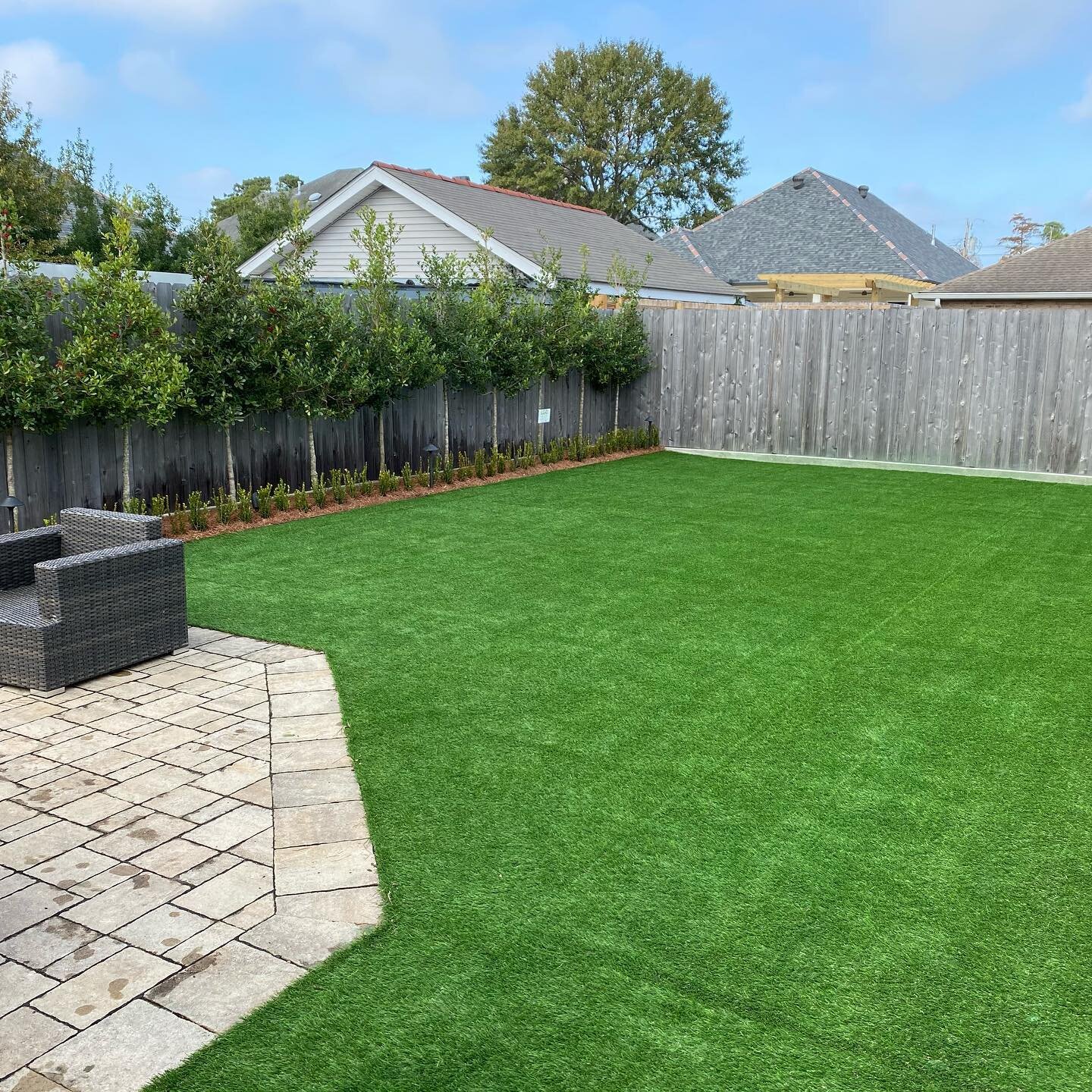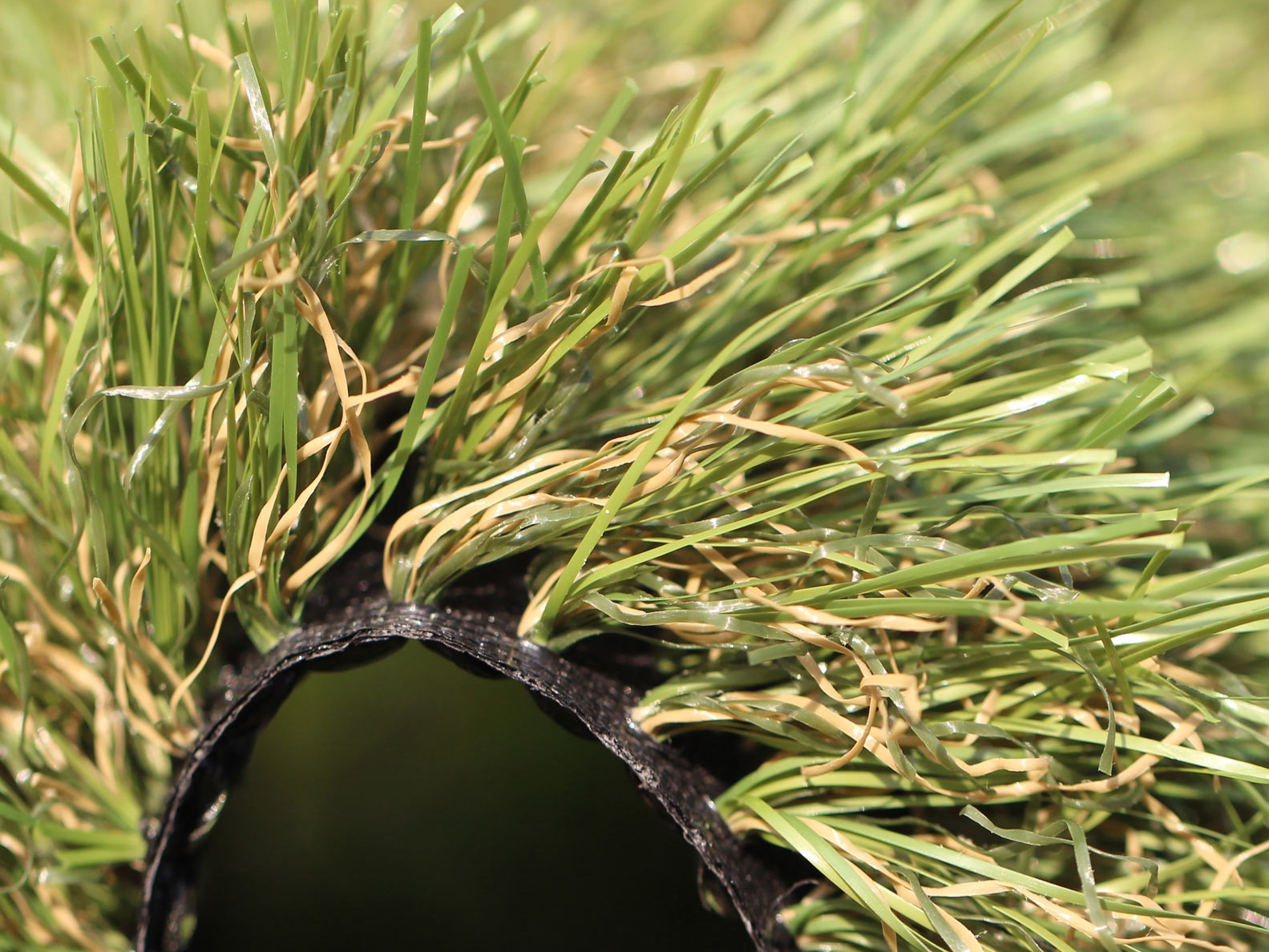Premium Arizona Turf Options for a Stunning and Lush Landscape
See Why Homeowners Prefer Artificial Turf for Sustainable Landscaping Practices
As property owners progressively prioritize sustainability in landscaping, synthetic grass has actually become an engaging choice to typical lawn. Its capability to save water, decrease maintenance initiatives, and lessen ecological effect settings it as a useful choice for those looking for eco-friendly remedies. The visual charm and convenience of synthetic turf provide to diverse style preferences. The implications of this change prolong beyond simple convenience and appearances, triggering a more detailed assessment of how these selections affect wider ecological outcomes. What continues to be to be discovered is the complete extent of benefits that synthetic grass can use to homeowners and the setting alike.
Water Preservation Advantages
Among one of the most significant advantages of synthetic grass is its role in water preservation. Conventional lawn yards call for substantial amounts of water to maintain their lavish appearance, typically bring about overuse of local water resources, especially in arid regions. In contrast, man-made grass removes this need totally, as it does not call for watering. This not just preserves water but also decreases the strain on community water systems, especially during drought conditions.
Moreover, the installation of artificial lawn can add to a much more sustainable landscape. Property owners can considerably lower their water costs, permitting reallocation of sources to other environmental campaigns or family uses. Additionally, synthetic grass is created to stand up to various climatic conditions without the need for supplemental watering, making it an ideal selection for regions facing water deficiency.
The ecological benefits prolong beyond prompt water cost savings. By decreasing water intake, man-made grass aids to alleviate the impacts of environment change, maintaining crucial communities that are intimidated by extreme water removal. As sustainable landscape design practices obtain traction, fabricated grass arises as an accountable choice for house owners seeking to produce eco-friendly outside spaces.
Minimized Upkeep Efforts
Synthetic grass dramatically reduces maintenance initiatives compared to standard yard lawns. With man-made grass, house owners can remove the taxing tasks connected with all-natural landscaping, such as mowing, fertilizing, and weeding. This not just conserves valuable time however likewise lowers physical labor, making lawn care obtainable for people of all ages.
Standard yards need regular cutting to preserve an aesthetically pleasing height, whereas synthetic turf remains regularly lush without the need for reducing. In addition, home owners no much longer require to apply fertilizers or pesticides, which are commonly needed to keep all-natural yard healthy and balanced.
Additionally, synthetic turf is sturdy and durable, requiring marginal maintenance beyond occasional cleaning and rinsing to remove particles. This simplicity of maintenance enables property owners to enjoy their exterior areas without the constant fear of maintenance, offering even more time for recreation and family members activities. Ultimately, the lowered maintenance initiatives connected with synthetic turf make it an attractive alternative for those seeking a low-maintenance, aesthetically appealing landscape.

Ecological Influence Decrease
There is a growing recognition of the environmental benefits related to man-made grass, specifically in regards to water preservation and decreased chemical use. Standard grass call for substantial quantities of water, specifically in drought-prone areas, bring about raised pressure on regional water resources. On the other hand, synthetic turf eliminates the need for irrigation, significantly decreasing water consumption and advertising sustainability.
Furthermore, traditional lawn maintenance typically includes the application of herbicides, chemicals, and plant foods, which can add to soil and water air pollution. Synthetic turf mitigates this ecological danger by needing minimal upkeep and basically getting rid of the requirement for hazardous chemicals. This not only enhances dirt health and wellness however also shields regional communities from toxic drainage.
Furthermore, the manufacturing of all-natural grass yards normally involves using fossil gas for mowing and landscape design equipment, additional contributing to greenhouse gas exhausts. By choosing synthetic grass, homeowners can dramatically lower their carbon impact associated with grass treatment activities.
Visual Appeal and Adaptability
Along with its ecological advantages, man-made grass offers significant aesthetic allure and versatility for landscaping. House owners can attain a lavish, green appearance year-round, removing the seasonal fluctuations typically connected with all-natural yard. This consistent aesthetic not only enhances the visual charm of a property however additionally adds to a sleek and properly maintained look.
Moreover, synthetic grass is offered in a variety of shades, structures, and designs, permitting personalization to suit individual preferences and layout motifs - Artificial turf companies phoenix. Whether utilized in domestic gardens, commercial rooms, or entertainment areas, it can perfectly integrate right into varied landscaping check over here designs, from modern-day minimal to rich tropical setups
The adaptability of synthetic turf expands past simple appearance; it can be mounted in different locations, consisting of rooftops, patios, and even interior rooms, developing possibilities for special landscaping remedies. Furthermore, it is ideal for a series of tasks, from children's backyard to pet-friendly atmospheres, providing capability without jeopardizing design.
Eventually, the visual charm and versatility of fabricated grass make it an attractive choice for homeowners looking for sustainable landscape design remedies that do not compromise beauty for environmental duty.

Long-Term Price Financial Savings
One of the most engaging advantages of synthetic lawn is its capacity for long-lasting cost financial savings. Unlike natural grass, which calls for routine upkeep-- including mowing, watering, feeding, and insect control-- artificial lawn substantially reduces these recurring costs.
Additionally, synthetic grass has a life-span of 15 to 25 years, depending upon its high quality and usage. This directory durability lessens replacement prices, making it a more affordable choice over time. Additionally, the first investment in synthetic grass can frequently be redeemed through the financial savings accrued gradually.
While the upfront expense might seem higher contrasted to turf installation, the advancing financial savings from decreased upkeep and water use frequently surpass these initial expenses. Inevitably, the adoption of synthetic grass not just advertises a sustainable landscaping option yet also uses homeowners an economically smart choice that straightens with lasting budgeting goals.
Conclusion
Synthetic grass becomes an engaging alternative for lasting landscaping, using substantial benefits in water conservation, minimized upkeep initiatives, and reduced ecological influence. Its visual allure and convenience boost the visual landscape while lining up with contemporary sustainability goals. Additionally, long-lasting expense savings contribute to its beauty for property owners. As neighborhoods increasingly prioritize environmentally pleasant techniques, the fostering of fabricated lawn stands for a dynamic step towards attaining sustainable and durable landscapes.
Furthermore, man-made turf is made to stand up to various weather conditions without the demand for extra watering, making it an optimal option for areas facing water scarcity. (Turf installation phoenix az)

Synthetic turf emerges as an engaging choice for sustainable landscape design, supplying considerable advantages in water preservation, decreased maintenance initiatives, and reduced environmental influence.